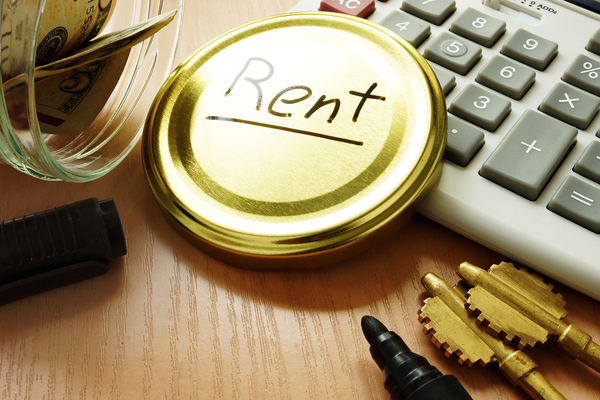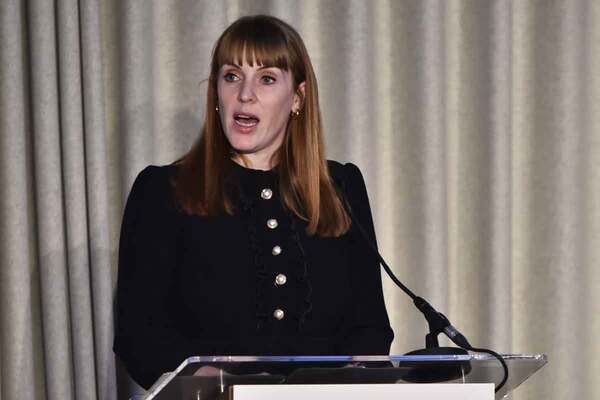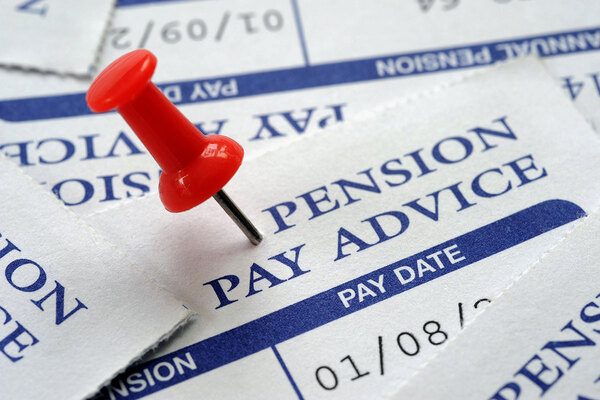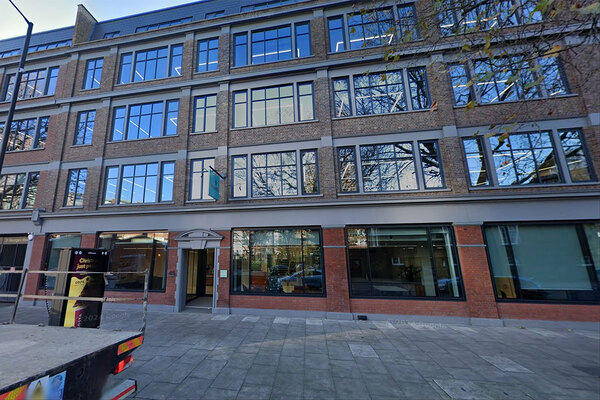You are viewing 1 of your 1 free articles
Warning over benefits tempers rent settlement optimism
Welfare reforms could leave some tenants struggling to pay higher rents once they begin rising in 2020, experts have warned, tempering some of the optimism about last week’s rent deal.
The announcement that social landlords will be able to raise rents by Consumer Price Index plus 1% for five years from 2020 was widely welcomed by the sector as a generous deal.
However, some have warned that the forthcoming cap on benefits at Local Housing Allowance (LHA) levels, which is due to be imposed from April 2019, could create a shortfall between housing benefit and rents, leaving tenants having to cover the difference themselves.
Analysis by Savills for Inside Housing this week revealed the 10 areas where the gap between LHA rates and estimated rents in 2019/20 is less than £10 per week on average. The gap puts them most at risk of rises pushing social rents above LHA levels.
These areas, largely in the North of England, include the Humber, Durham, Tees Valley, Derbyshire, Lancashire, North Yorkshire, Cumbria, West Yorkshire, Staffordshire, and Tyne and Wear.
Further analysis by Inside Housing shows average housing association rents in England will rise by more than £10 a week to £108.95 by 2025 – assuming an average of 2% inflation. In London boroughs including Westminster and Newham, association rents will rise £16 a week to £157.22.
Abigail Davies, associate director at Savills Housing Consultancy, said: “We are aware that some landlords already have some rents that are close to, or above, LHA rates.
“Two more years of rent cuts reduces some of the pressure here; however, there is a risk to these landlords and their current and potential tenants if LHA rates are applied to social housing as planned, and then rents increase faster than benefit rates from 2020.”
In 60 seconds: the English social housing rent settlement
Mark Henderson, chair of Homes for the North, said: “I welcome rent certainty as it enables associations to continue to deliver high-quality homes and services.
“However, this Savills analysis highlights the risk of not fully understanding how nationally agreed policies will work more locally. Homes for the North is actively working with partners to increase this understanding.”
Jenny Osbourne, chief executive of tenant engagement organisation Tpas, said the LHA cap needs “urgently resolving”.
She said: “With income levels stagnating and the bite continuing on welfare reforms, the gap on affordability will grow.”












